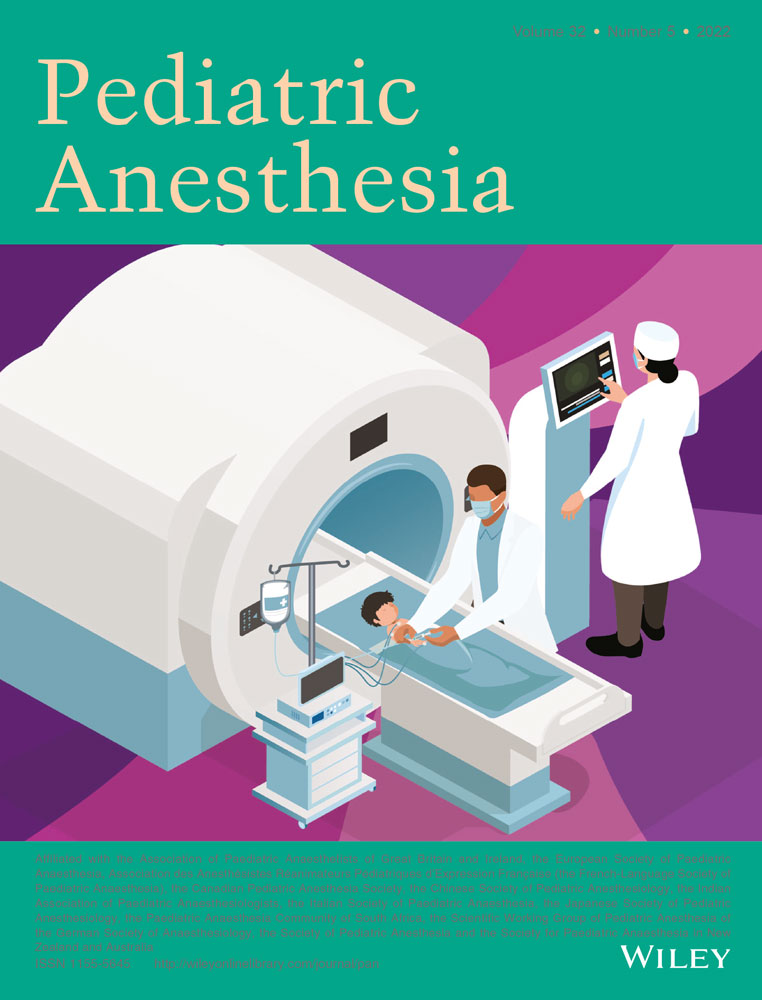Perioperative use of glucose containing solutions in infants less than 6 months of age: A clinical practice survey among US academic centers
Abstract
Background
Although there is a wide breadth of literature on glucose homeostasis in infants, standardization of perioperative hypoglycemia diagnosis and management is lacking.
Aims
Survey of academic pediatric anesthesiology departments across the USA to evaluate institutional policies regarding the perioperative use of glucose containing solutions in infants less than 6 months of age.
Methods
A questionnaire was sent to 20 United States university affiliated academic pediatric anesthesiology departments.
Results
The responses suggest that, in the centers surveyed, glucose administration in infants is largely practitioner dependent. Two respondents (10%) claim to have a departmental policy regarding glucose administration in infants less than 6 months of age. In premature infants, 75% of respondents administer glucose. When administering glucose, 75% of physicians surveyed replete infants at their maintenance intravenous fluid rate. There was discrepancy among practitioners regarding initiation of hypoglycemia treatment, 35% treat infants at a blood glucose level of 70 mg/dl, 30% at BG 60 mg/dl, 25% at 50 mg/dl, and 10% are unsure.
Discussion
This survey highlights the lack of consensus, at least among pediatric anesthesiologists working in US academic centers, regarding blood glucose management in infants less than 6 months of age. There is a need to define the indications for using glucose containing solutions in infants during the perioperative period, their ideal content, the appropriate thresholds for hypo- and hyperglycemia as well as the optimal point-of care glucose monitoring intervals.
CONFLICT OF INTEREST
The authors declare that they have no conflict of interest.
Open Research
DATA AVAILABILITY STATEMENT
Survey data available upon request.




